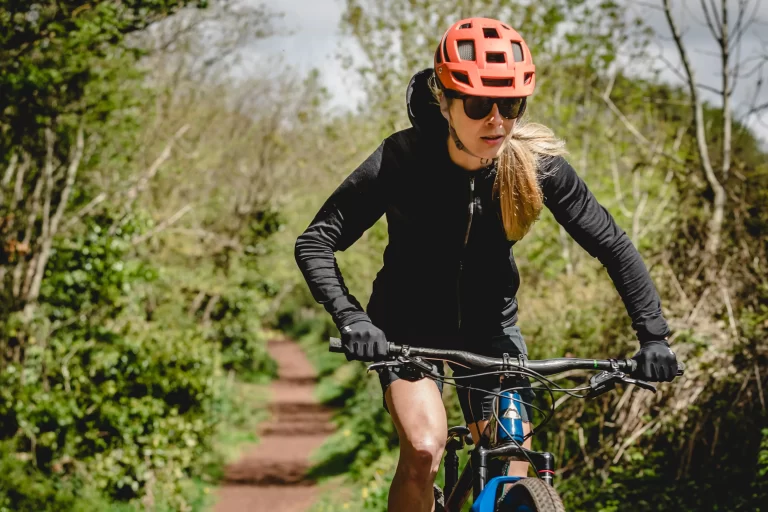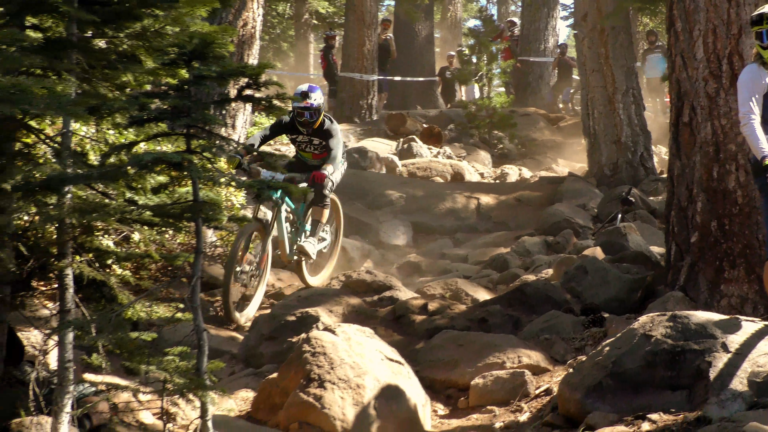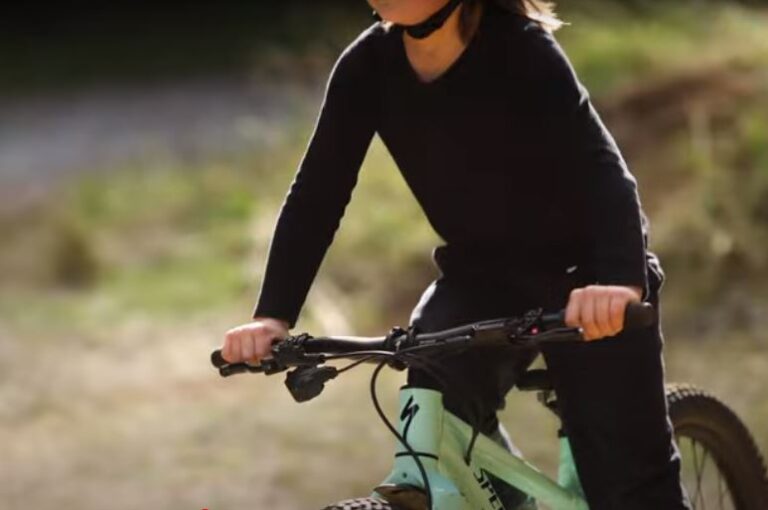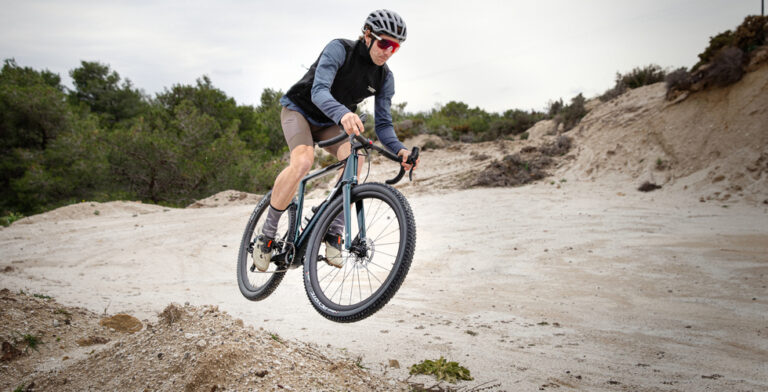Trail Mastery: Upgrading Components on Enduro Bikes
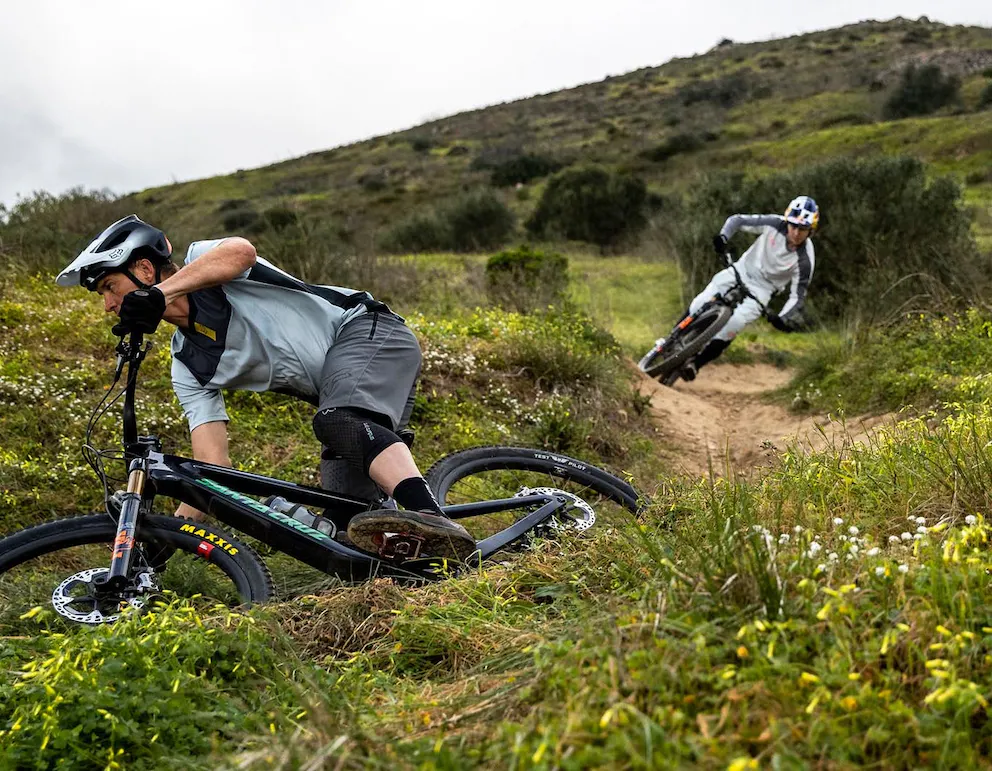
Key Point Summary of Upgrading Components on Enduro Bikes:
- Understand Your Needs: Identify what you want to improve on your bike based on your riding style and the terrain you frequent.
- Wheels and Tires: Upgrading for better durability, reduced weight, and improved traction can transform your ride.
- Suspension: A more refined suspension system can greatly improve handling and comfort on rough trails.
- Drivetrain: Smoother shifting and a wider range of gears can help tackle varied terrain more efficiently.
- Brakes: Upgrading to higher-performance brakes can provide better control and confidence on steep descents.
- Cockpit Components: Handlebars, stems, and seatposts can be updated for better fit, comfort, and bike handling.
- Pedals: Consider the switch between flat and clipless pedals based on your comfort and riding needs.
Upgrading your enduro bike can feel like unlocking a new level in a game, where the rewards are smoother rides, better performance, and, frankly, a bit more envy from your riding buddies. As someone who’s spent years racing and riding across various disciplines—mountain biking, gravel grinding, and cyclocross—I’ve come to appreciate the art of carefully chosen upgrades. This isn’t about splurging on shiny components for the sake of it; it’s about making strategic choices that enhance your riding experience. So, let’s dive into how to smartly upgrade your enduro bike, using insights from my adventures and mishaps along the way.
Understanding Your Needs
The first step in upgrading is understanding what you actually need. Early in my cycling journey, I learned the hard way that not all shiny things lead to a better ride. After a particularly grueling race where my bike felt sluggish on climbs, I realized the importance of targeting upgrades to improve performance where it mattered most to me.
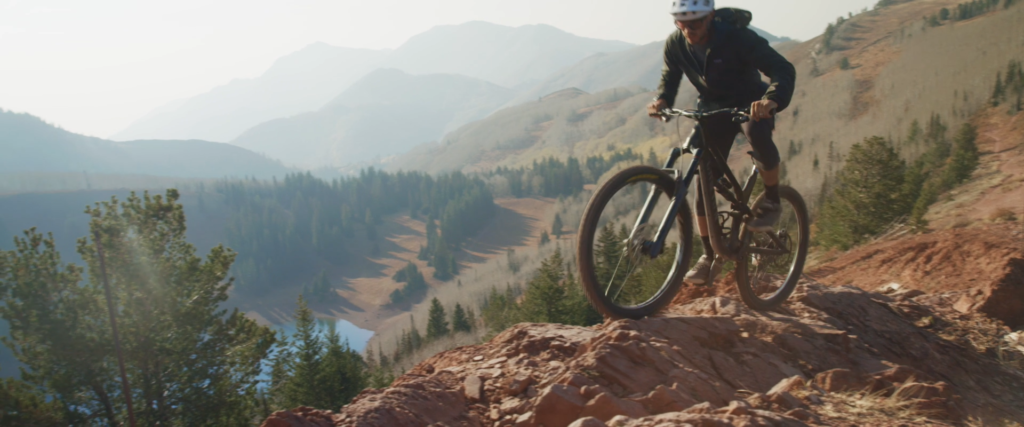
Wheels and Tires: The Groundwork of Performance
Wheels and tires are where I suggest you start. They’re your contact point with the ground and can dramatically affect how your bike handles terrain. I once upgraded to a lighter set of wheels and was amazed at how it improved my climbing and acceleration. Tires, too, make a huge difference in traction and control. Choosing the right tread pattern and rubber compound for your local trails can be a game-changer.
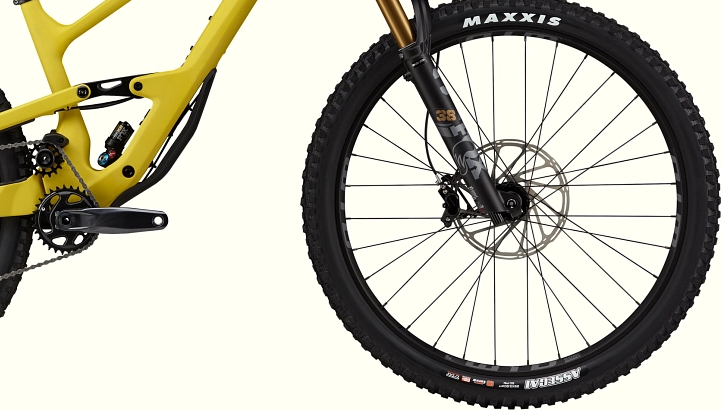
Suspension: Smooth Out the Rough
Suspension technology has come a long way since my first enduro bike. Upgrading your fork or shock can significantly improve your bike’s handling on rough terrain. A friend once lent me a bike with a high-end suspension system for a ride, and the difference in comfort and control was eye-opening. It’s an investment that can make every ride more enjoyable.
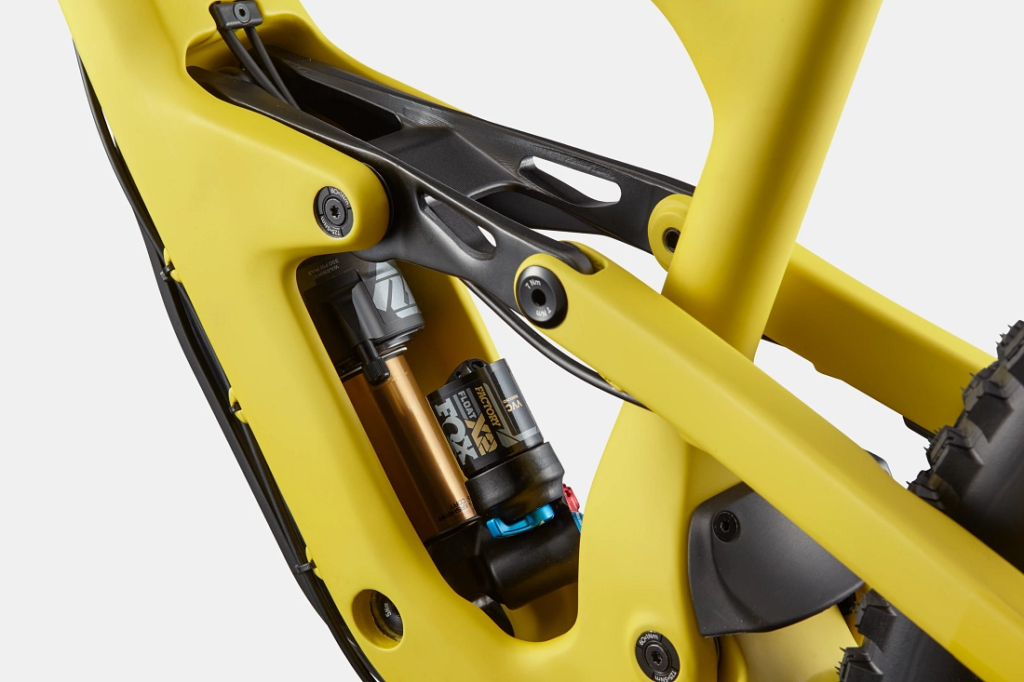
Drivetrain: The Heart of Your Ride
A smooth and reliable drivetrain is essential for enduro riding. Upgrading to a drivetrain with a wider gear range made a world of difference on long climbs and fast descents. It’s also worth investing in components that offer reliable shifting and durability, especially given the mud and grit we often encounter.

Brakes: Control Your Descent
There’s nothing like descending a technical trail with confidence in your brakes. Upgrading to a set of high-performance hydraulic disc brakes provided me with the control I needed to push my limits safely. It’s an upgrade that I recommend to anyone looking to improve their downhill performance.
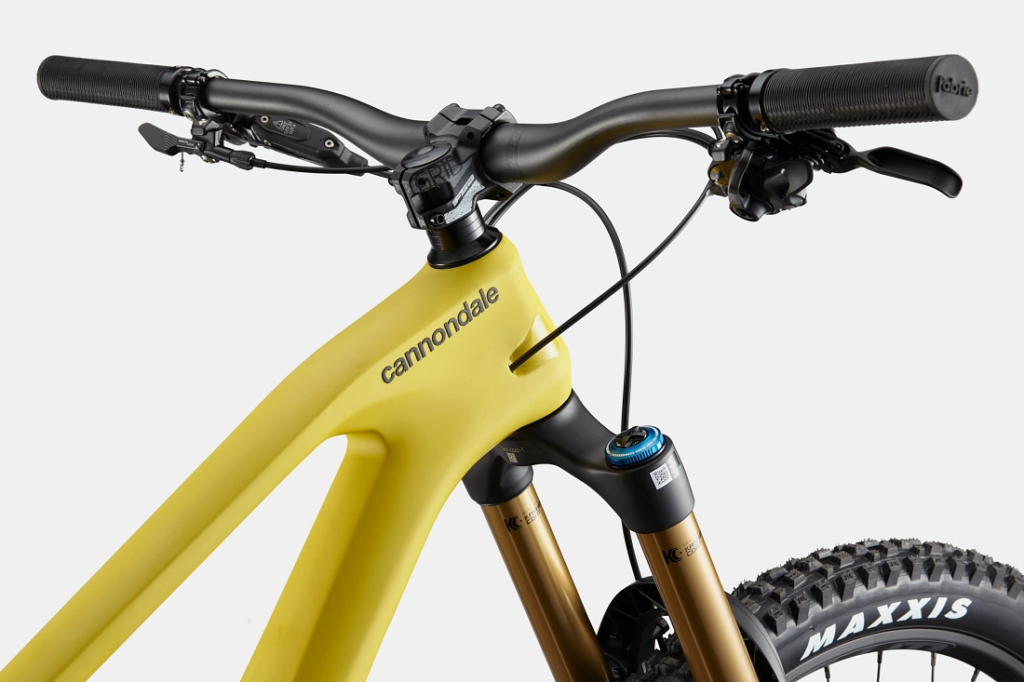
Cockpit Components: Fit and Comfort
Adjusting the cockpit setup with a new handlebar, stem, or seatpost can improve your bike’s fit and handling. I remember switching to a wider handlebar and a shorter stem, which made my bike feel more stable and responsive on technical trails. It’s a relatively inexpensive upgrade that can significantly enhance your riding experience.
Pedals: The Connection to Your Bike
Your choice between flat and clipless pedals can influence your control and efficiency. I’ve experimented with both and found that while clipless pedals offer better power transfer on climbs, flats can provide more confidence on technical descents. Consider what suits your riding style and comfort best.
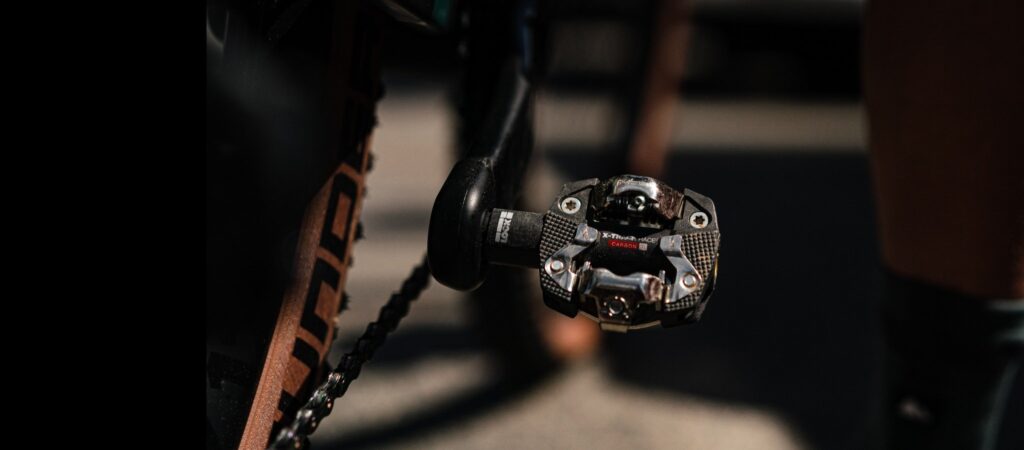
Upgrading Components on Enduro Bikes: A Journey of Personalization
Upgrading your enduro bike is a personal journey that reflects your unique riding style and the challenges you face on the trails. It’s not just about performance boosts but also about enhancing your connection with your bike. Each upgrade, from tires to pedals, tells a story of a ride, a race, or a memorable day on the trails. Remember, the best upgrade is the one that brings you the most joy and confidence on your rides. Happy trails, and may your upgrades take you to new heights and adventures.
Evil Wreckoning
The Evil Wreckoning is known for its aggressive geometry and capability to handle technical descents with ease. It’s a bike built for riders who love to push their limits on challenging terrains. While it comes equipped with high-quality components, there are always areas where targeted upgrades can enhance performance even further:
- Wheels and Tires: Considering the Wreckoning‘s prowess on demanding descents, investing in even lighter, stronger wheels or tires with specific tread patterns for your local conditions can improve handling and acceleration.
- Suspension: The bike’s suspension is already top-notch, but as suspension technology evolves, there might be new advancements that offer even better dampening or adjustability to fine-tune the ride to your liking.
- Drivetrain and Brakes: Depending on your usage, the drivetrain and brakes may see a lot of wear and tear. Upgrading these components to the latest models can ensure smoother shifting and more reliable stopping power, especially if you’re racing or riding in extreme conditions.
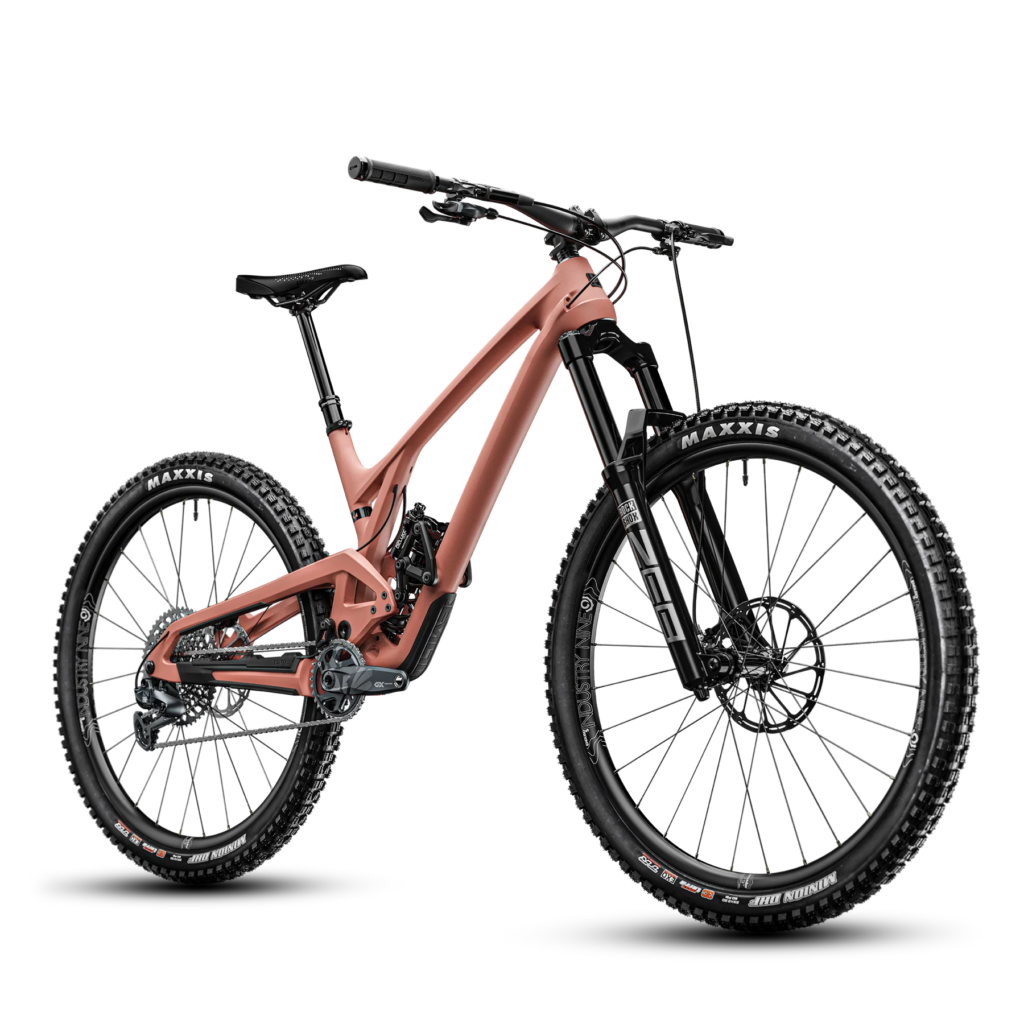
Cannondale Jekyll
The Cannondale Jekyll is another versatile enduro bike that can climb efficiently and descend with confidence. It’s designed with a unique suspension system that provides a good balance between uphill pedaling efficiency and downhill performance. Potential areas for upgrades include:
- Suspension System: While the Jekyll‘s unique suspension setup is a key feature, there may be opportunities to upgrade shocks or forks for improved performance, especially with the rapid advancements in suspension technology.
- Cockpit Adjustments: Customizing the handlebars, stem, and seatpost can significantly affect the bike’s handling and rider comfort. These upgrades can make the bike feel more tailored to your body dimensions and riding style.
- Drivetrain and Brakes: As with the Wreckoning, the Jekyll could benefit from drivetrain and brake upgrades, particularly if you find yourself wanting crisper shifting or more powerful, modulated braking.
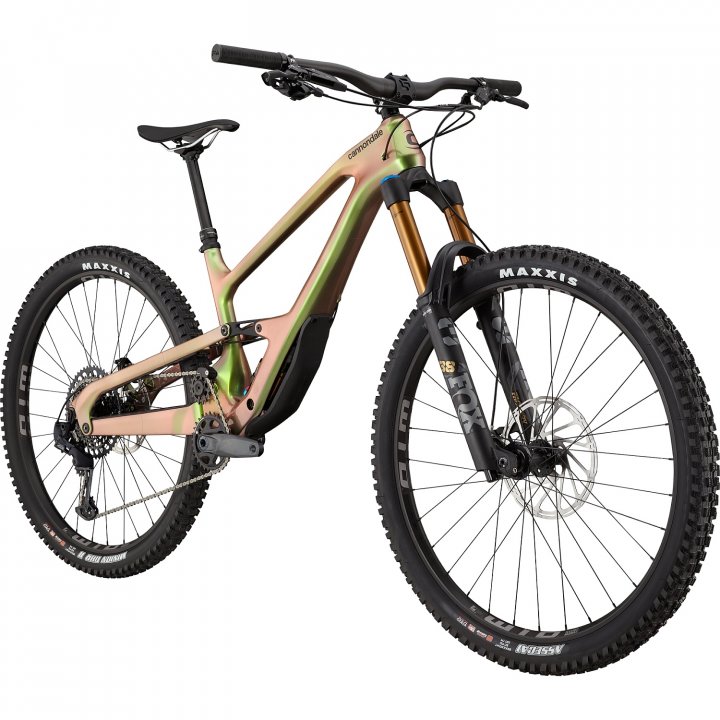
The decision to upgrade should be based on personal needs, the types of trails you ride, and what aspects of your riding experience you’re looking to improve. Upgrades should be approached as investments in your riding enjoyment and performance, keeping in mind that even small changes can have significant impacts on how your bike rides and feels.
FAQ
Can you upgrade components on a bike?
Yes, you can upgrade components on a bike to improve performance, comfort, or aesthetics.
What should you upgrade first on a mountain bike?
The first thing you should upgrade on a mountain bike typically depends on your riding style and needs, but wheels and tires are often recommended for immediate performance improvements.
What bike parts to upgrade first?
For bike parts to upgrade first, consider starting with the contact points—pedals, saddle, and handlebars—for improved comfort and control, followed by wheels and tires for better handling and efficiency.
Are enduro bikes good for long rides?
Yes, enduro bikes are good for long rides. They are designed to handle both climbing and descending well, making them versatile for extended adventures, though they might be heavier and less efficient on climbs compared to cross-country bikes.
Ride on
John
